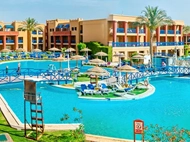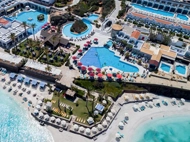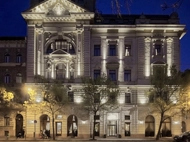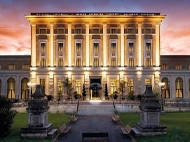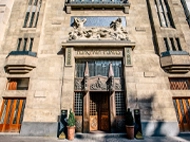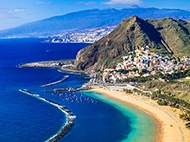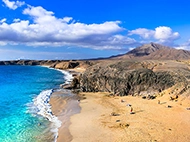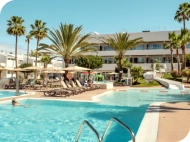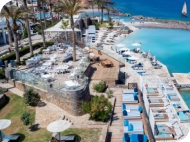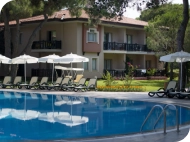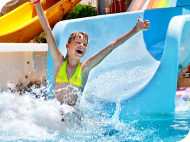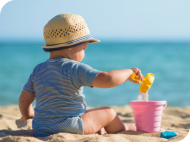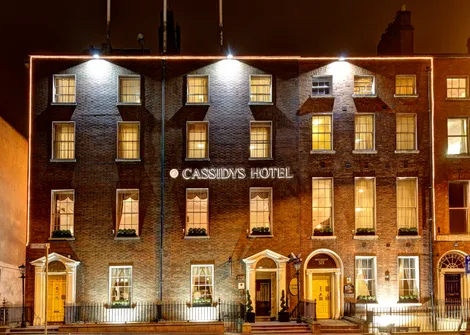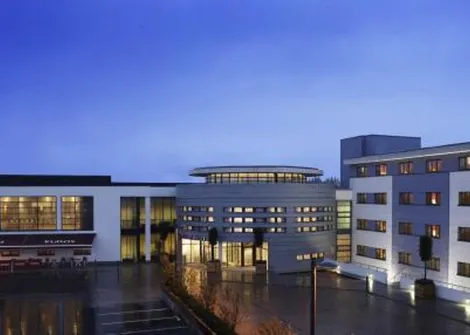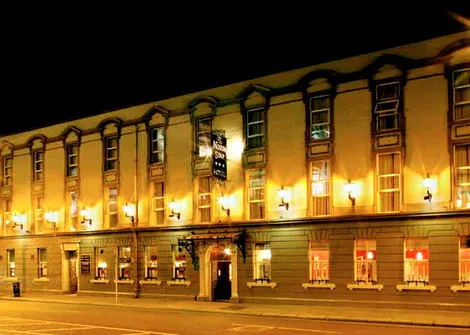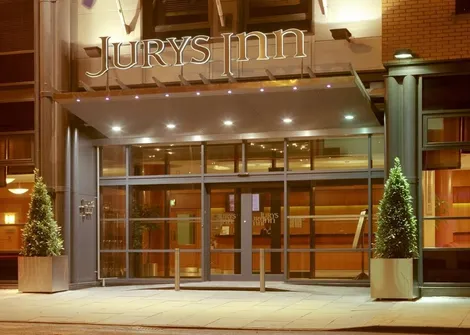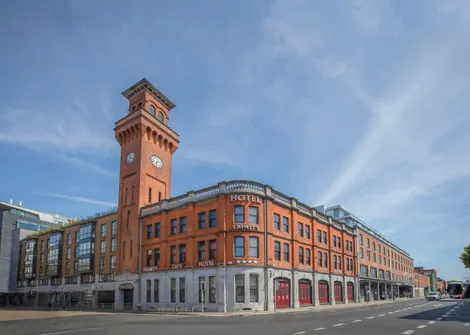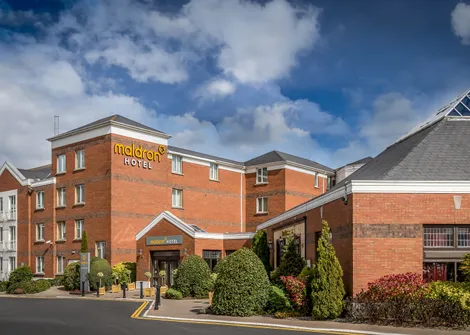Holidays to Ireland promise beautiful natural scenery, magnificent architecture and buzzing towns. Also known as the Emerald Isle due to its lush green landscapes, Ireland is a real gem of a holiday location.
As a country steeped in myth and legend, Ireland boasts a variety of fascinating places to explore. Take a trip to the Giant’s Causeway and learn about Finn McCool, an important figure in Irish mythology. Game of Thrones fans can also visit the locations where much of the series was filmed, such as the Cushendun Caves and Ballycastle.
Or explore some of Ireland’s vibrant cities where you can relax with a pint of Guinness and witness some incredible historic monuments. Whether you’re visiting as a couple or a group of friends, Ireland holidays promise something for everyone.
Irish Cities and Towns
Ireland is home to many charming, charismatic cities and towns. From Dublin’s vibrant atmosphere to Cork’s unrivalled natural landscapes, each city offers something unique to enhance your holiday experience.
Dublin is located in the eastern-central part of Ireland. This iconic hotspot is defined by idyllic cobblestone streets, interesting museums and a buzzing music scene. Home to the famous Temple Bar and St. Patrick’s Cathedral, Ireland’s largest church, it boasts great culture and history.
'Shopping fans can enjoy a spot of retail therapy at Brown Thomas and George's Street Arcade. A tour around the Guinness Storehouse is also a must. Discover more about the history of the famed Irish ‘Black Stuff’ and learn how to pour your own pint.
Situated in the southwest of Ireland, Cork is one of the best places to enjoy Ireland’s beautiful natural scenery. Enjoy a picnic in Fitzgerald Park, perfect for a chilled-out afternoon in the sun. Or take a trip to Spike Island, a place with a fascinating and diverse history.
Landscape and Nature
Ireland is a total haven for nature lovers. This picturesque country offers endless photo opportunities, from its rolling hills to its staggering cliff walls that rise out of the ocean. Ireland also has some spectacular mountain ranges that will simply take your breath away, such as the MacGillycuddy's Reeks and the Wicklow Mountains.
One of the country’s most photo-worthy spots is the Glendalough Valley, otherwise known as ‘the valley of two lakes’. Located in the Wicklow Mountains National Park, it’s home to a fascinating Monastic City and a variety of wildlife, including deer and wild goats.
And of course, holidays in Ireland wouldn’t be complete without a trip to the Giant’s Causeway and Causeway Coast. These are magnificent areas of geological importance and have inspired legends of giants walking over the sea. Marvel at the 40, 000 enormous columns of basalt that form a pavement here – a dramatic sight not to be missed.
Irish Food and Drink
Traditional Irish cuisine is made up of family recipes passed down through the generations. The food is hearty and delicious, and there are plenty of different dishes to try.
Right at the top of your list should be Irish stew, a warming one-pot concoction of mutton and vegetables (including potatoes, which Ireland is famous for). Colcannon is another popular dish consisting of a mashed combination of potatoes, butter and cabbage. Or sample a delicious Boxty, a popular pancake-like potato creation.
When it comes to drinks, Ireland is well-known for its whiskey and beer. You can enjoy a pint of Jameson Irish Whiskey or Smithwick’s Irish Ale in just about any pub. Irish coffee is another popular beverage, made up of Irish whiskey, hot coffee, sugar and whipped cream.
